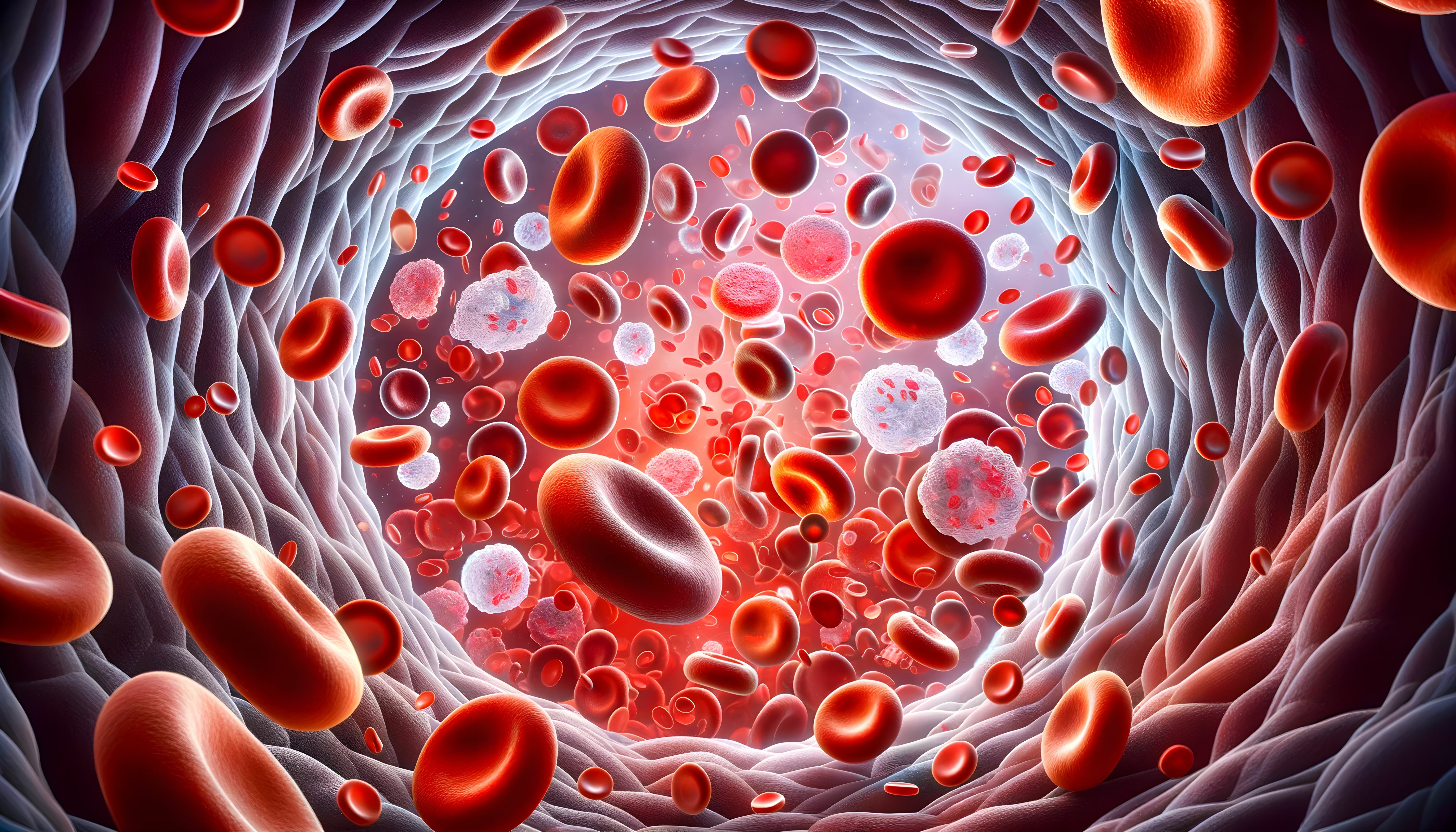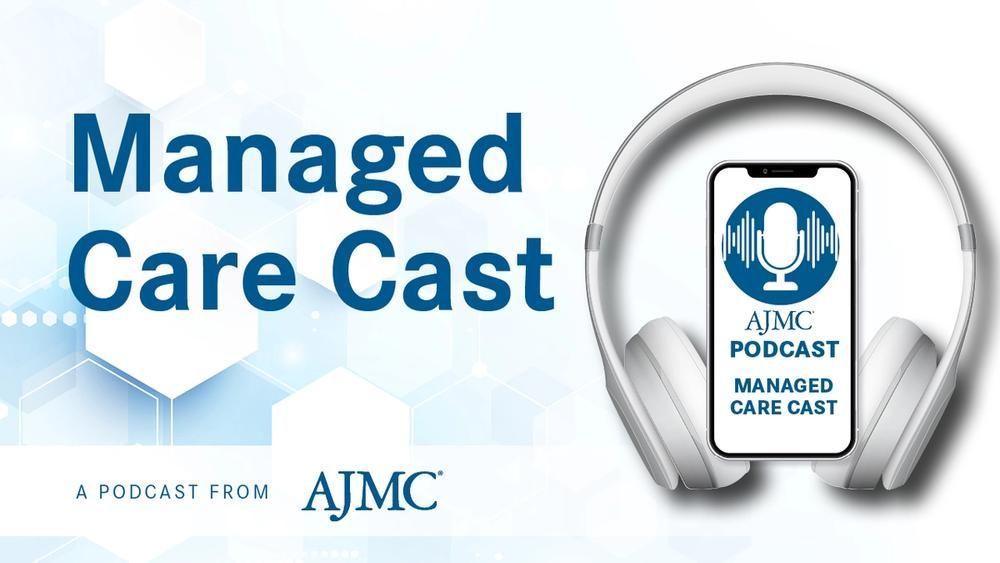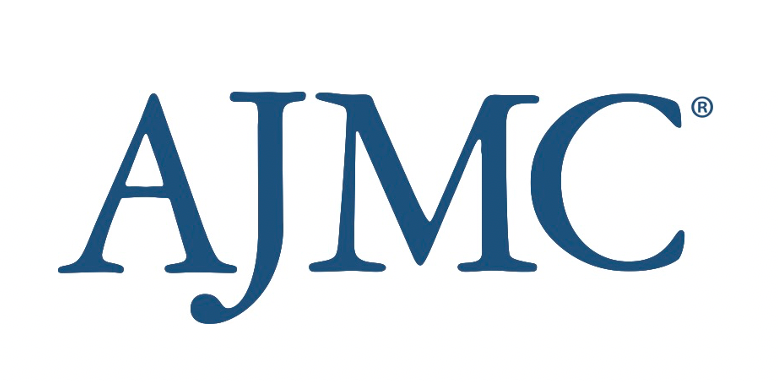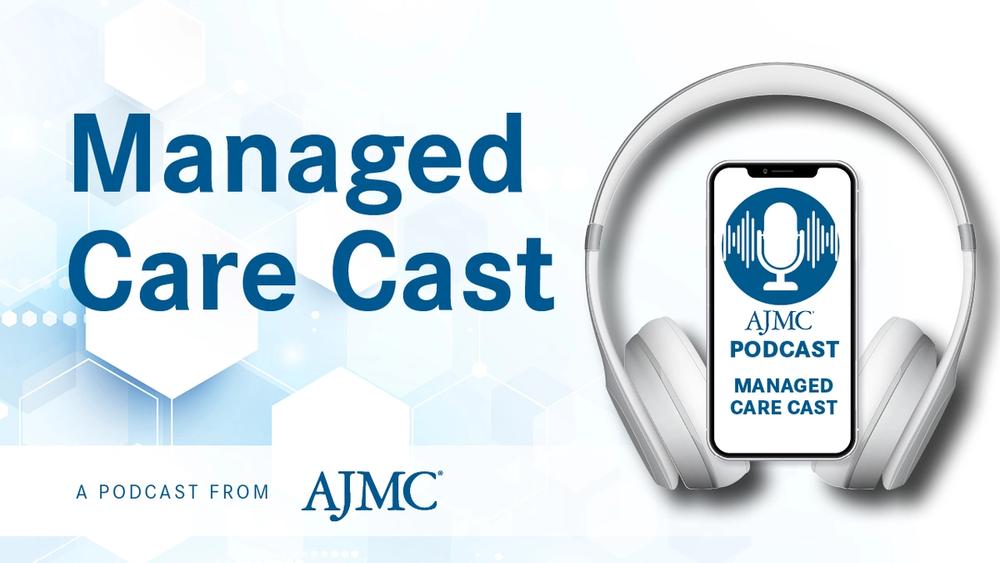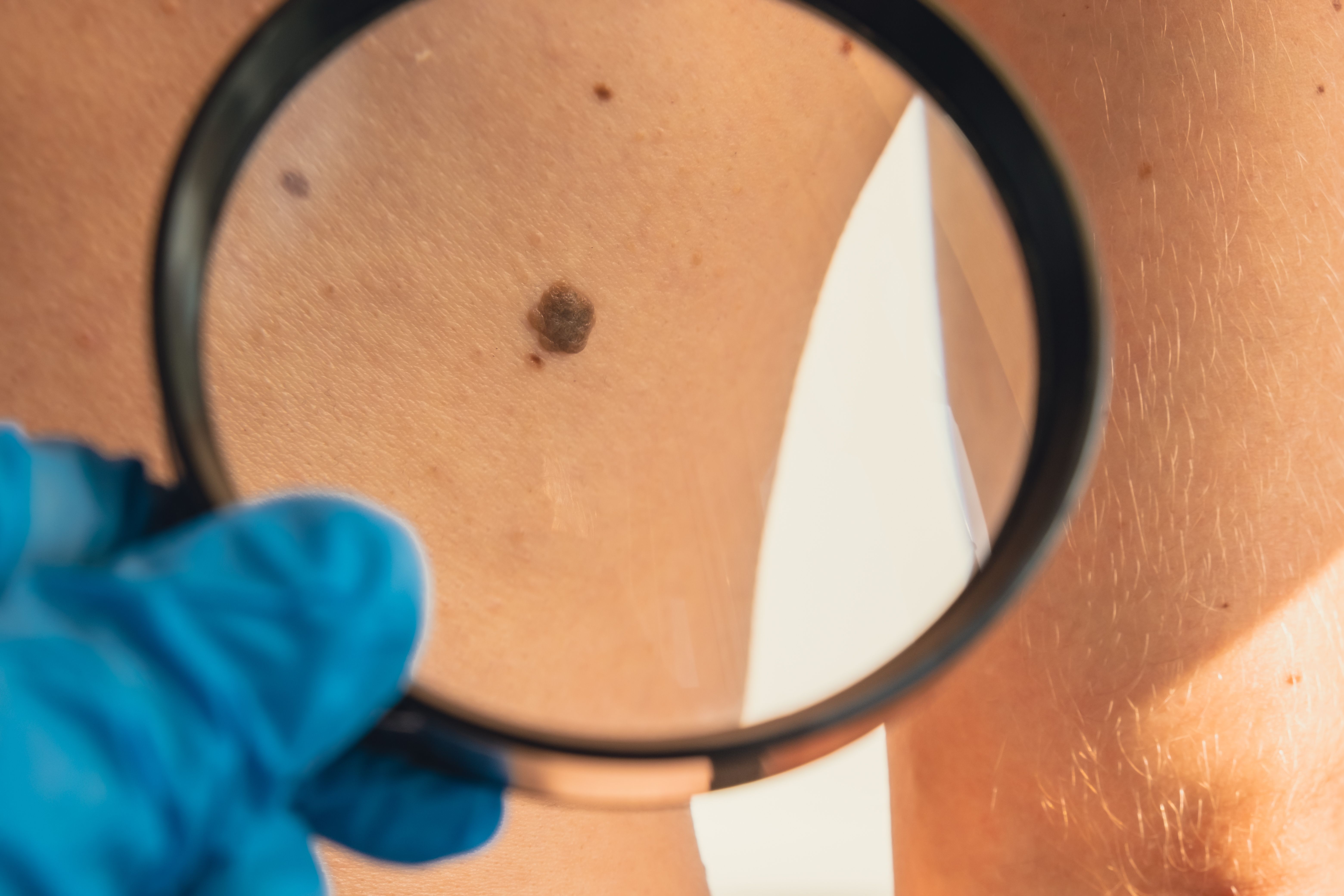News
Article
Real-World Data Support Rituximab Plus Lenalidomide in NHL
Author(s):
Key Takeaways
- Rituximab and lenalidomide combination therapy shows promise for relapsed/refractory indolent non-Hodgkin lymphoma, with high response and remission rates.
- The AUGMENT trial demonstrated favorable progression-free survival and objective response rates, leading to FDA approval of the therapy.
A rituximab and lenalidomide combination for treating non-Hodgkin lymphoma (NHL) could play a greater role in future clinical trials.
A chemotherapy-free combination therapy shows promise for patients with relapsed/refractory (RR) indolent non-Hodgkin lymphoma (iNHL), according to a new real-world study. The analysis, published in Haematologica, highlights the safety and efficacy of a rituximab (Rituxan; Genentech) plus lenalidomide (Revlimid; Bristol Myers Squibb) dual therapy (R-len), reinforcing its potential role in future clinical trials.1
A rituximab and lenalidomide combination (R-len) for treating non-Hodgkin lymphoma (NHL) could play a greater role in future clinical trials | image credit: MQ-Illustrations - stock.adobe.com

R-len was approved by the FDA based on findings from the phase 3 AUGMENT trial (NCT01938001). In the trial, patients with follicular lymphoma (FL) and marginal zone lymphoma (MZL) exhibited favorable progression-free survival (PFS; median PFS of 39.4 months vs 14.1 months in controls; P < .0001) and objective response rates (ORR; FL: 80% vs 55.4%, MZL: 65% vs 44%).2 The present authors outlined how, despite these findings, real-world data on the reproducibility of this combination has not been fully established.
To address this knowledge gap and better evaluate what influences patient responses and outcomes, the authors retrospectively reviewed electronic health records of adult patients at the Memorial Sloan Kettering Cancer Center. Of primary concern were patients’ PFS, event-free survival (EFS), and overall survival (OS), as well as their end of treatment (EOT) response rates and duration of complete response (DoCR). Adverse events (AEs) were also brought into consideration.1
A total of 84 patients with RR FL (82%; n = 69) and MZL (18%; n = 15) were treated with R-len between June 2013 and April 2023. Treatment with rituximab was given at a weekly dosage of 375 mg/m2 for 4 weeks. Following this 4-week period, rituximab was administered 4 more times, each occurring in 28-day cycles. Lenalidomide was administered orally throughout 12 28-day cycles, given in 20 mg doses during 21 days in each cycle.
In this group, the greatest ORR was 82%, while 52% of patients attained complete remission (CR). Patients with FL or MZL achieved a CR of 55% and 40%, respectfully. Furthermore, median PFS was 22 months (95% CI, 19-36) and OS at 2 years was 83% (95% CI, 74%-93%). Of those who reached CR, only 1 did not maintain it until EOT. The authors noted how minimal pretreatment characteristics were significantly associated with a patient’s chances of reaching CR; however, in their last line of therapy, disease refractory in those with MZL was correlated with a reduced chance of reaching CR (P = .03). At the 2-year mark, EFS rates were 43% (95% CI, 32%-57%); and the median DoCR registered at 46 months (95% CI, 22-not reached).
Among the most frequent AEs were neutropenia (48%), fatigue (45%) and thrombocytopenia (40%). Patients also reported experiencing diarrhea (31%), constipation (30%), skin rashes (27%) and anemia (19%). Due to AEs, reducing the dose of lenalidomide was necessary for 45 patients.
These results may inform standard of care approaches for iNHL, the authors note. Patients with FL and MLZ typically receive similar interventions to those with iNHL, despite biological differences in the respective conditions. At present, FL and MLZ comprise 22% and 7% of adult cases of NHL, according to a 2016 review, respectively.3
References
1. Cassanello G, Drill E, Rivas-Delgado A, et al. Rituximab and lenalidomide for the treatment of relapsed or refractory indolent non-Hodgkin lymphoma: real-life experience. Haematologica. 2025;110(2):439-447. doi:10.3324/haematol.2024.285600
2. FDA approves lenalidominde for follicular and marginal zone lymphoma. Press Release. FDA. Updated May 28, 2019. Accessed February 10. 2025. https://www.fda.gov/drugs/resources-information-approved-drugs/fda-approves-lenalidomide-follicular-and-marginal-zone-lymphoma#:~:text=FDA%20approves%20lenalidomide%20for%20follicular%20and%20marginal%20zone%20lymphoma,-Share&text=On%20May%2028%2C%202019%2C%20the,marginal%20zone%20lymphoma%20(MZL)
3. Teras LR, DeSantis CE, Cerhan JR, Morton LM, Jemal A, Flowers CR. 2016 US lymphoid malignancy statistics by World Health Organization subtypes. CA Cancer J Clin. 2016;66(6):443-459. doi:10.3322/caac.21357
